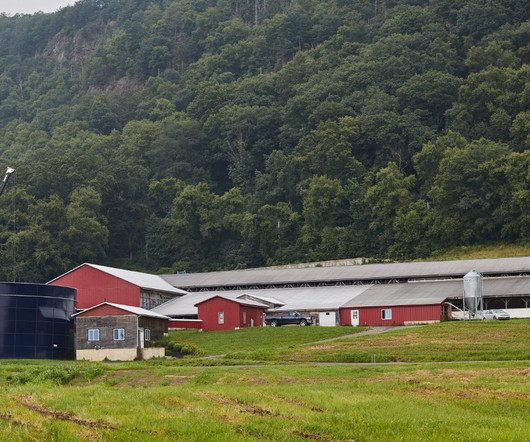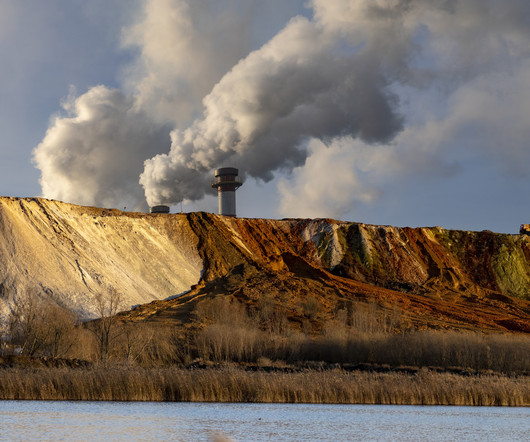Op-Ed | Why the World’s Food Systems Need to Transition Away from Industrial Agriculture
Food Tank
DECEMBER 1, 2023
Current food systems are responsible for one-third of global greenhouse gas emissions and for nearly 80 percent of biodiversity loss. Smallholders are witnessing the recovery of the fertility and moisture levels of their soils, higher productivity and competitiveness.














Let's personalize your content